The 2024 NFL Draft was the most anticipated in years. The first round lived up to expectations of relentless firepower, with offensive players being selected with each of the first 14 selections — six of the first 12 being quarterbacks. Numbers eventually regressed to the mean, but 2024 will be remembered as the year teams went all-in on offense early.
Fully evaluating their decisions will take years. Scouting is difficult and teams know a great deal that the public does not. But what we can do is examine the choices they made in a vacuum considering team needs, value and what we do know about the prospects who were selected.
With that in mind, our own team of NFL experts broke down every team’s draft and assigned a letter grade.
Arizona Cardinals
Cardinals GM Monti Ossenfort lived up to his reputation as a wheeler and dealer. Since taking over in 2023, Ossenfort has brokered 11 trades, including six on draft day and a pair on draft day this year. Ossenfort’s moves helped Arizona secure a handful of impact players, led by the best receiver in this year’s draft in Ohio State’s Marvin Harrison Jr. Arizona drafted much-needed pass rush help in Missouri defensive lineman Darius Robinson and Clemson’s Xavier Thomas. The Cardinals also added an explosive running back in Florida State’s Trey Benson and two cover corners in Rutgers’ Max Melton and Boston College’s Elijah Jones. The 12 picks by Arizona are the most in a single draft by the team since 1992. —Eric D. Williams
Grade: A
Marvin Harrison Jr. Highlights
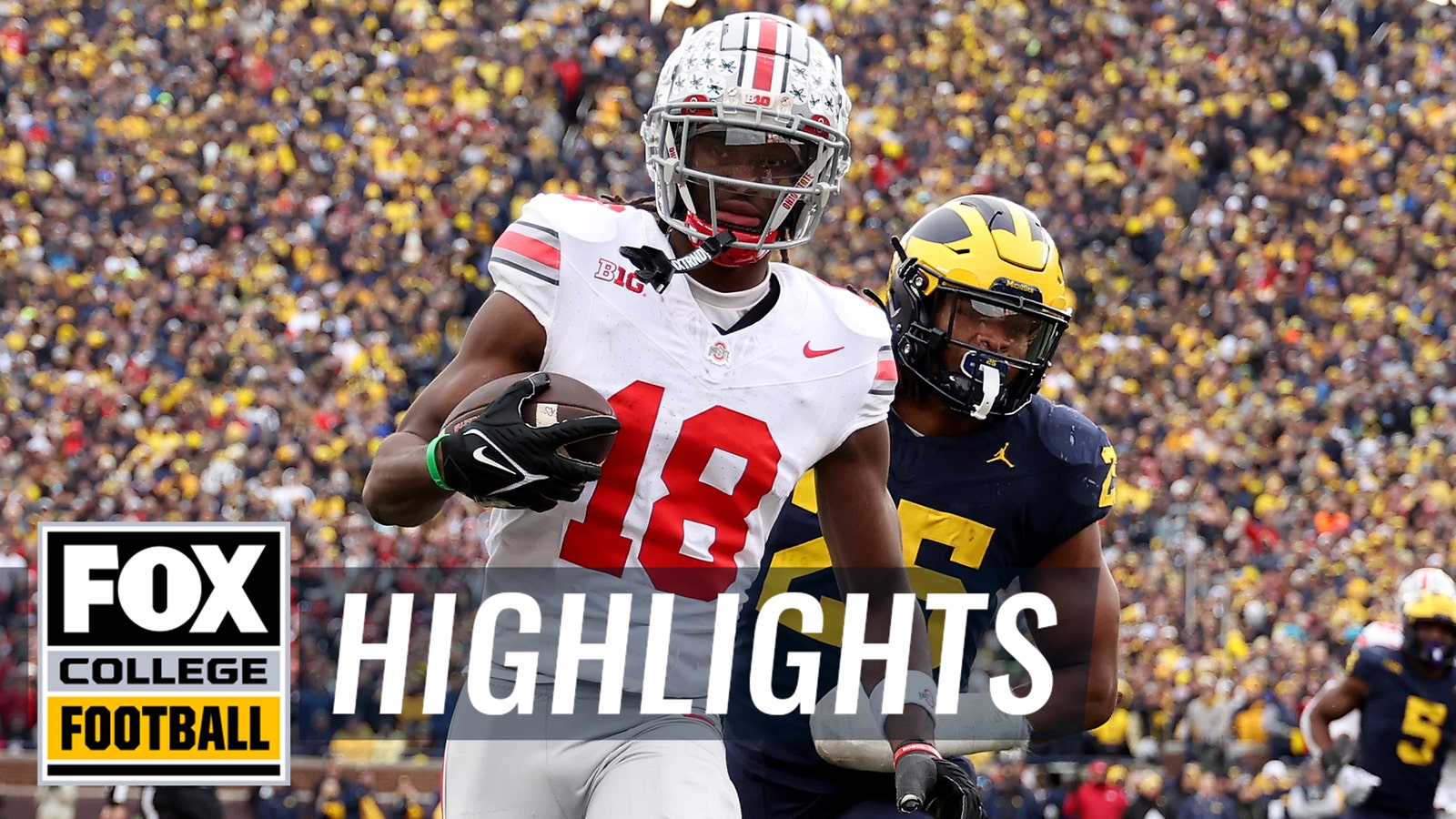
Atlanta Falcons
Taking quarterback Michael Penix Jr. at No. 8 — after giving Kirk Cousins $100 million guaranteed last month — was easily the most criticized pick of the draft. Giving up a third-round pick to slide up eight spots for DT Ruke Orhorhoro in the second round felt like a reach, though Atlanta made a concerted push to upgrade its defensive front, using five of eight picks there. If Penix finds success in the next two years, it’s at the expense of a huge investment in Cousins, and the class as a whole feels underwhelming. —Greg Auman
Grade: C-
Baltimore Ravens
To be fair, the Ravens’ patience doesn’t always pay off — but damn if it isn’t impressive anyway. Given their holes on the offensive line, it was interesting when they opted for cornerback Nate Wiggins in the first round. Not to worry; they hung out at the back of the second round and got a starter-caliber tackle in Roger Rosengarten, anyway. Adding deep threat receiver Devontez Walker in the fourth round feels like a sneaky good value, too — which would be a fun development for Lamar Jackson. It’s worth noting that Baltimore has yet to find a star edge rusher, but those guys are tough to find when you’re consistently picking late. —David Helman
Grade: B
Buffalo Bills
Bills GM Brandon Beane might draft for need as much — or more than — any other executive in the NFL. This draft is a perfect example of that. And he addressed those needs in order of priority: receiver (Keon Coleman), safety (Cole Bishop), defensive tackle (DeWayne Carter), running back (Ray Davis) and interior offensive line (Sedrick Van Pran-Granger). I get leery about GMs drafting for need, because it often means they’ve reached. There’s some of that here. But for the most part, there’s more to like about this draft. Buffalo’s moves back out of the first round allowed Beane to target what he seemed to think was the sweet spot. —Henry McKenna
Grade: B-
Carolina Panthers
Give the Panthers credit for being ambitious, sliding up a spot for WR Xavier Legette, giving up two fifths to get the draft’s top running back in Jonathon Brooks in the second. I expected a pass-rusher, and more splash on defense. Tight end Ja’Tavion Sanders felt like good value in a weak class for the position. Even without the No. 1 pick, you expect more impact from a draft after the worst record in the NFL. —Auman
Grade: B-
Chicago Bears
The Bears had as good of a draft as they could possibly hope for. They got their quarterback of the future in Caleb Williams and a potential star receiver in Rome Odunze, instantly making him one of, if not the best, No. 3 WR in the league. Chicago’s offense now boasts Odunze with veterans DJ Moore and Keenan Allen, as well as D’Andre Swift, Cole Kmet, Gerald Everett and Williams at the helm. On paper, the Bears look to be one of the most complete teams in the league, especially after grabbing a punter with their last original pick. That was a weird gamble, even if Tory Taylor was the best punter in college football last year at Iowa.
Chicago also finally addressed edge by trading back into the draft in the fifth round to take Austin Booker out of Kansas. I don’t think he’s the unquestioned answer opposite Montez Sweat but can add to the rotation. The confusing priorities at the end of the draft tack on a minus to what is otherwise a near-perfect draft in the Windy City. —Carmen Vitali
Grade: A-
Are the Bears instant contenders with Caleb and Odunze?
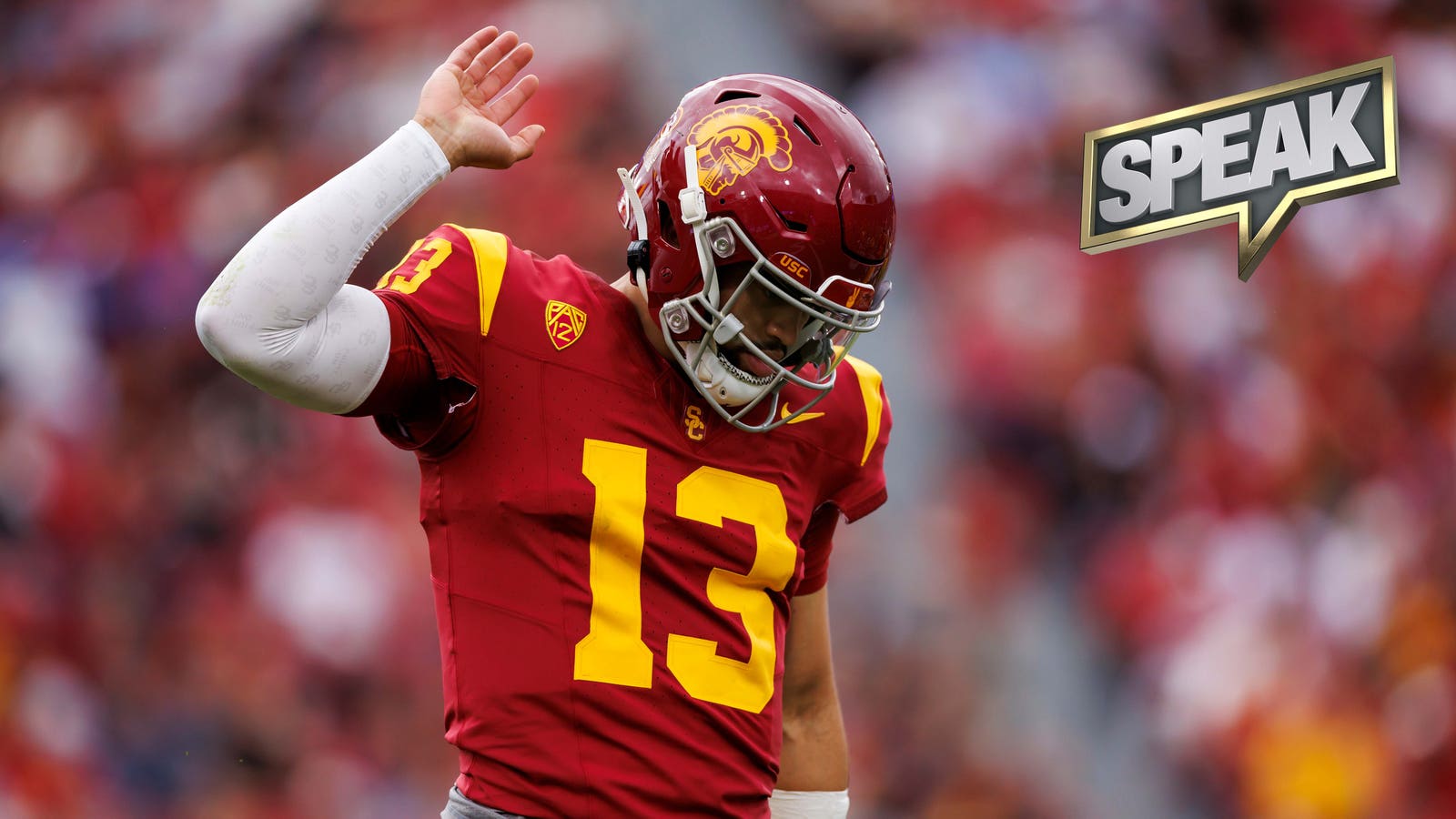
Cincinnati Bengals
I love the way Cincinnati drafted ahead of time here. They signed Trent Brown for the short term at tackle, but Amarius Mims will hopefully anchor that line for years to come. They brought in Sheldon Rankins in free agency, but they’ll be hoping Kris Jenkins and McKinnley Jackson are the future of the defensive front. They still have Tee Higgins on the roster, but Jermaine Burton is an immediate option and could be a long-term replacement. This is how good teams stay on top: planning for the future. —Helman
Grade: A
Cleveland Browns
On the downside, the Browns had no first-round pick and just two selections in the top 100, so it was going to be hard to improve the roster. On the bright side, they have a quality roster and are getting starting quarterback Deshaun Watson back from injury, so they don’t need a ton. I think Michael Hall and Zak Zinter are good players who bolster the offensive and defensive lines, but that doesn’t move the needle much for 2024. This is a vet-heavy team that won’t lean much on rookies, from the looks of it. —Helman
Grade: C
Dallas Cowboys
For a team that had so many holes to fill after they did nothing in free agency, the Cowboys made some curious choices. They did a great job plugging two key holes on the O-line (Oklahoma LT Tyler Guyton in Round 1 and Kansas State C Cooper Beebe in Round 2). But no running back? No receiver until Round 6? Instead, in Round 2, they took Western Michigan edge rusher Marshawn Kneeland, who could be terrific in 2025, but might not be a huge help now, when they’re supposedly “all-in.” Notre Dame LB Marist Liufau felt like a big reach in the third at another position where they needed help. —Vacchiano
Grade: B
Cowboys trade down in NFL Draft to select OL Tyler Guyton 29th overall

Denver Broncos
Denver’s draft is largely a referendum on quarterback Bo Nix, the sixth passer picked in the first 12 slots of the draft. Throwing for 45 touchdowns against three interceptions as a senior at Oregon is impressive, and Denver got his top receiver by taking Troy Franklin in the fourth round. Denver and Sean Payton will have much of their success pinned to how Nix performs. —Auman
Grade: B-
Detroit Lions
I had wondered if the Lions’ draft strategy would change given they had limited needs coming into this weekend. It did, as general manager Brad Holmes pulled off four trades across all three days to get picks for positions of need, using one for cornerback Terrion Arnold out of Alabama at No. 24 overall. Their next pick was also a corner in Missouri’s Ennis Rakestraw. Tell me where they saw a need for improvement without telling me. They started Day 3 with a bang by trading a future third to get an international player in tackle Giovanni Manu in the fourth round. I’m not a huge fan of giving up richer future capital, but Holmes has earned the benefit of the doubt. I appreciate that Holmes again got his guys, consensus big board be damned. The Lions also by far and away won the award for best war-room attire. —Vitali
Grade: B+
Green Bay Packers
The Packers entered the 2024 NFL Draft with 11 picks … and ended up making 11 while maneuvering up and down. Jordan Morgan should fit right in on their position-fluid offensive line. Linebacker Edgerrin Cooper can be an excellent complement to Quay Walker. Now that Jeff Hafley is the defensive coordinator, the Packers needed to stock up on his favorite position: safety. They got Xavier McKinney in a splash free agency signing but still drafted three more players at the position. Javon Bullard out of Georgia at No. 58 overall is excellent value. The other big splash was USC running back MarShawn Lloyd, who will go up against his college quarterback twice a year now. Throw in a couple of additional offensive linemen for depth/competition and you have a perfectly solid Green Bay draft. GM Brian Gutekunst is notorious for getting production out of later round picks and this year figures to be no different. —Vitali
Grade: B
Houston Texans
Texans general manager Nick Caserio set the tone for this draft class by saying that it would be difficult for a rookie to make a significant impact on the 2024 team. That indicated a desire to look for depth and to the future, and Houston definitely achieved that objective at a number of positions: corner, offensive tackle, safety and tight end among them. Second-round pick Kamari Lassiter, one of the top corners in college football last season, should still have a chance to start in Year 1 alongside Derek Stingley. —Ben Arthur
Grade: A-
Indianapolis Colts
Four of the Colts’ first five picks addressed the offense. They’ve done everything they can to make quarterback Anthony Richardson, returning this season after an abbreviated rookie year, as comfortable as possible — and you can’t blame them. Receiver Adonai Mitchell represented great value late in the second round. With that being said, Indianapolis could have used a cornerback high. The team has some uncertainty at the spot, which is especially important in the receiver-loaded AFC South. That represents a gamble for Indy. —Arthur
Grade: C+
Jacksonville Jaguars
Only time will tell, but the Jaguars had a great draft on paper. They were able to trade down in the first round from 17 to 23 to get Brian Thomas Jr., whom general manager Trent Baalke said would’ve been the pick at 17. He had been valued by many as a mid-first-round pick. Fourth-rounder Javon Foster, a standout offensive tackle in the SEC, could immediately step in as the No. 3 OT with a chance to be a starter in the future. Jacksonville also leaves the draft with tremendous depth and on the defensive line behind standout trio Josh Allen, Travon Walker and Arik Armstead. —Arthur
Grade: A-
Kansas City Chiefs
Boasting an elite defense, the reigning Super Bowl champion Chiefs entered this draft season needing to get more help for Patrick Mahomes on the offensive side of the ball, especially in the wake of Rashee Rice’s legal troubles. They did so in a big way (and Mahomes showed his gratitude to general manager Brett Veach on social media). They added a weapon in Xavier Worthy whose 4.21-second 40-yard dash set an NFL Combine record. That speed figures to be lethal with Mahomes. Kansas City’s top three picks were on offense. —Arthur
Grade: A-
Chiefs trade up in NFL Draft to select speedster WR Xavier Worthy
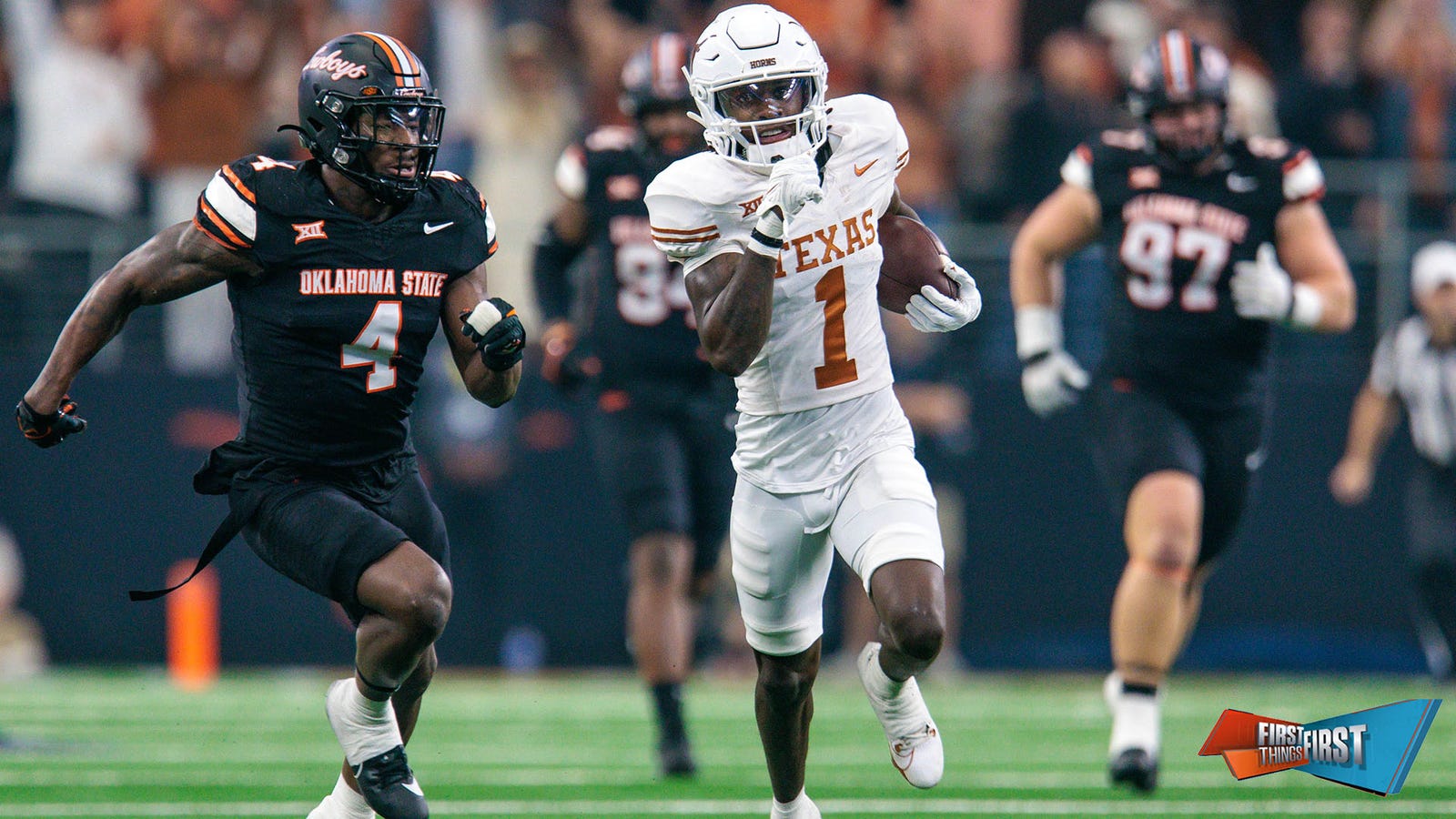
Las Vegas Raiders
Brock Bowers was far and away the draft’s best tight end, and second-rounder Jackson Powers-Johnson can be an immediate starter on the interior offensive line. The Raiders didn’t take a QB, but small-school running back Dylan Laube could be a steal. —Auman
Grade: B-
Los Angeles Chargers
New Chargers coach Jim Harbaugh focused on bringing in prospects from Power 5 conferences who played at big-time, winning programs. The centerpiece of the group is Notre Dame offensive tackle Joe Alt, who will play right tackle with Pro Bowler Rashawn Slater staying at left tackle. Second-rounder Ladd McConkey has a chance to take over the lion’s share of the targets lost by the departure of Keenan Allen. Third-round selection Junior Colson has experience calling Chargers defensive coordinator Jesse Minter’s defense at Michigan. Harbaugh also added picks with famous family ties. Day 3 selection Troy running back Kimani Vidal’s great uncle is Hank Aaron. And Hall of Famer Jerry Rice’s son Brenden Rice was taken in the seventh round. —Williams
Grade: A-
Los Angeles Rams
Sean McVay prepared for life without Aaron Donald by selecting five defensive players, including four who can play along the front seven to generate a pass rush. The Rams selected in the first round for the first time since taking Jared Goff No. 1 overall in 2016, grabbing powerful edge rusher Jared Verse at No. 19. They followed that by taking Verse’s teammate at Florida State in the second round in defensive tackle Braden Fiske. Michigan RB Blake Corum gives L.A. a similar runner to spell Pro Bowler Kyren Williams. And Stanford product Josh Karty being selected in the sixth round is L.A.’s latest attempt to solve this team’s kicking woes. Overall, the Rams put together a solid class to follow up a very productive group from last year. —Williams
Grade: B
Miami Dolphins
You had to laugh when the Dolphins took Jaylen Wright, the draft’s second-fastest running back. Last year, they took Devon Achane, one of the fastest players in the NFL. But that didn’t stop them from bringing more speed into the offense in the fourth round. Wright followed a good get in the first round in Chop Robinson, an edge rusher who’ll help the team manage snaps for Jaelan Phillips and Bradley Chubb, who both ended last year with major injuries. They also managed to snap up a tackle in Patrick Paul, who will develop behind Terron Armstead. It was a great draft, one that matched value with need. —McKenna
Grade: A-
Minnesota Vikings
The Vikings needed a quarterback and got one. Though he likely wasn’t their first choice (they reportedly tried to trade up to No. 3 presumably to select Drake Maye), this may have ended up being the ideal scenario. They needed to trade up just one spot from their first pick at No. 11 to select Michigan quarterback J.J. McCarthy.
GM Kwesi Adofo-Mensah was still aggressive with the No. 23 pick, trading up to No. 17 to get Alabama edge Dallas Turner, widely considered one of the best defenders in the draft. Both are arguably top-10 prospects. The drawback is that the Vikings are now extremely low on draft capital next year. They have their first-round pick and just two fifth-round picks. They should expect at least one if not two third-round compensatory picks for losing Kirk Cousins and Danielle Hunter to free agency, but their roster is in solid shape, especially after adding another corner in Khyree Jackson from Oregon and multiple offensive linemen for depth. The Vikings almost certainly won the first round, but they may win the entire draft if McCarthy pans out. —Vitali
Grade: A
New England Patriots
Drake Maye didn’t have the support he needed when the Patriots took him third overall. And a prospect like Maye — who is high risk, high reward — will need plenty of support to reach his potential. So it’s worth crediting executive Eliot Wolf for spending the next four picks (a second, third and two fourths) on offensive players. New England added receivers Ja’Lynn Polk and Javon Baker. The Patriots even doubled up at QB with Joe Milton (Tennessee), another prospect with an incredible arm (albeit with rough accuracy and touch). It’s clear the Patriots wanted to prioritize their offense, and it feels like the board lined up with their needs. —McKenna
Grade: B+
New Orleans Saints
The Saints made two strong picks at the top of the class, addressing a glaring need with tackle Taliese Fuaga and moving up to get corner Kool-Aid McKinstry, seen by many as a potential first-round pick. Hit on your first two picks, it’s a good draft, but there’s not a ton more to this. Spencer Rattler isn’t a bad pick, but they used a 2024 fourth to get Jake Haener last year, so will both make the 53 alongside starter Derek Carr? —Auman
Grade: B
New York Giants
The Giants wanted to trade up for a new franchise QB, but they couldn’t do it. So instead they helped out their old one by taking LSU’s Malik Nabers, the most explosive WR in the draft, sixth overall. That alone should re-energize their offense. They turned to their secondary on Day 2 and got one of the draft’s best safeties in Minnesota’s Tyler Nubin (Round 2), but were too late for the top corners when they took Kentucky’s Andru Phillips in the third. Penn State TE Theo Johnson (Round 4) could be big for them if veteran Darren Waller retires. —Vacchiano
Grade: B+
New York Jets
It was a tough draw that Rome Odunze went at No. 9 — though not unexpected. So the Jets traded down and still added Penn State tackle Olu Fashanu, which made plenty of sense. As good as Tyron Smith is when he’s healthy, he’s not healthy often. Fashanu will provide much-needed depth at tackle for Smith and Morgan Moses. Brock Bowers might have been tempting because he would instantly start — but I think they’ll get more bang for their buck with Fashanu, especially considering how little Aaron Rodgers uses his tight ends. In Round 3, the Jets took a feisty WR in Malachi Corley. New York also added two running backs to their stable — which felt a little unnecessary, but I suppose they went with what the board gave them. —McKenna
Grade: B
What are realistic expectations for Aaron Rodgers at age 40 this season?
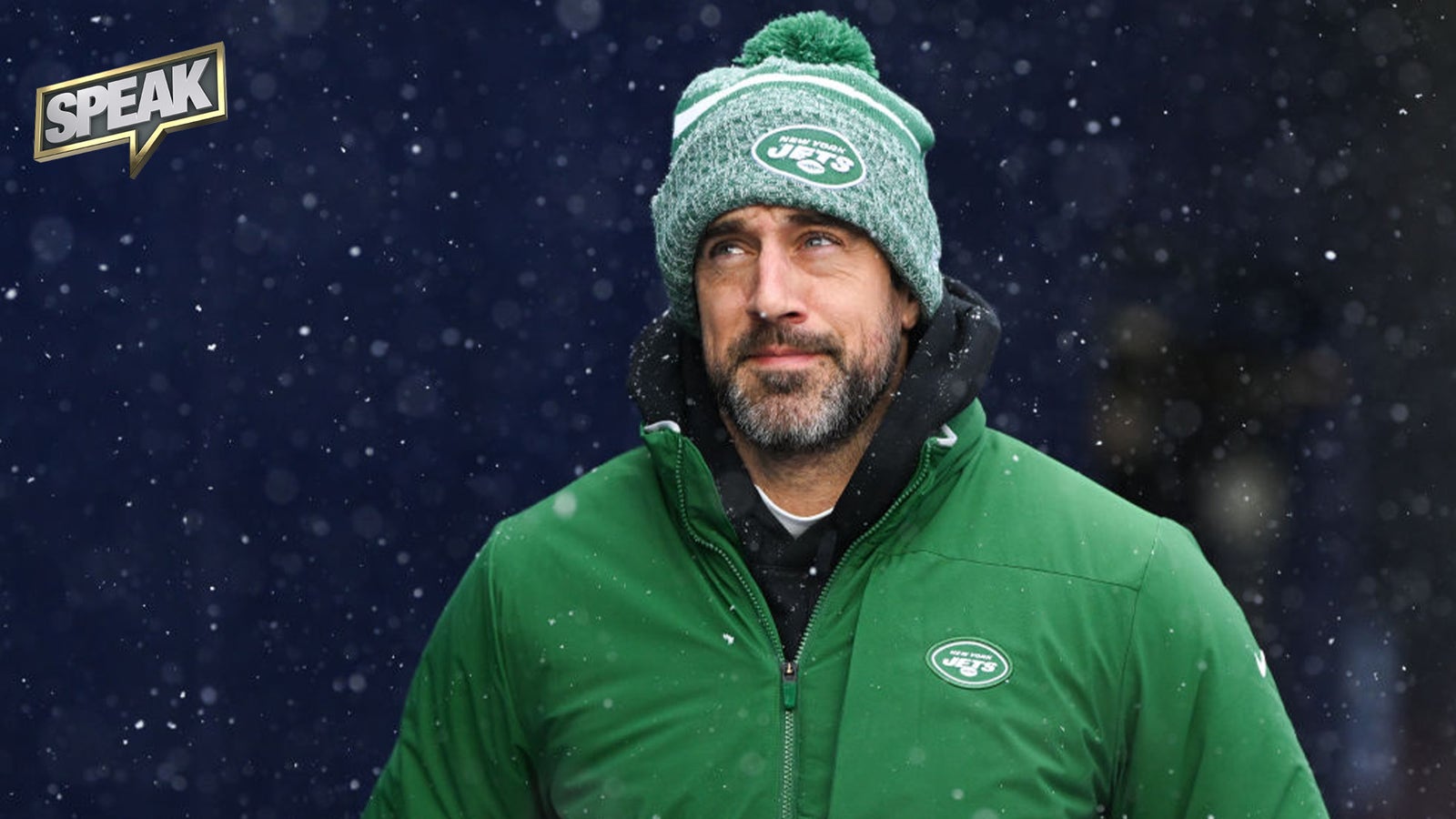
Philadelphia Eagles
Eagles GM Howie Roseman is a wizard. After trying to trade up in the first round for a CB, the top one — Toledo’s Quinyon Mitchell — fell right to him at 22. Then he got another corner with a first-round grade by trading up for Iowa’s Cooper DeJean in Round 2. That alone would’ve made it a great weekend for Philly, but Roseman added to it with a Day 3 deal to bring LB Jeremiah Trotter Jr. to his father’s old franchise. Their one curious move was taking Houston Christian edge rusher Jalyx Hunt in the third, but the Eagles can afford a high-ceiling project like that. Oh, and all of Roseman’s trades got them some 2025 draft capital, too. —Vacchiano
Grade: A-
Pittsburgh Steelers
If these picks hit, the Steelers’ offensive line could be something special. Last year’s first-round pick, Broderick Jones, is already showing promise. Pittsburgh has now added two likely starters in Troy Fautanu and Zach Frazier. Fautanu was seen by many as a top-10 prospect, and he fell to the Steelers at 20th overall. It was a similar story for Frazier, whom many rated as a top 40 guy, but fell to No. 51. Throw in fourth-round pick Mason McCormick, and things are looking as good as they have up front in a long time. If that wasn’t good enough, the Steelers found themselves a versatile slot receiver in Roman Wilson, who should be ready to contribute right away. If he can stay healthy, it’s also a good guess that Payton Wilson’s high motor and toughness will make him a fan favorite in Pittsburgh. Those are just bonuses, though. If the Steelers have finally fixed their offensive line, this entire class will have been worth it. —Helman
Grade: A+
San Francisco 49ers
The 49ers picked in the first round for the first time since moving up to take Trey Lance at No. 3 overall in the 2021 draft. Florida receiver Ricky Pearsall was somewhat of a surprise at No. 31, but he gives San Francisco another pass catcher who can operate in the slot and make plays over the middle of the field. The 49ers found a potential cover corner in the second round in Renardo Green and an explosive runner on Day 3 in Louisville’s Isaac Guerendo. However, the 49ers needed offensive line help and didn’t secure upgrades up front offensively until moving up in the third round to grab promising Kansas offensive lineman Dominick Puni, and later in Day 3 in USC offensive lineman Jarrett Kingston. San Francisco should have focused on this obvious need earlier in the draft. —Williams
Grade: B-
Seattle Seahawks
First-round defensive tackle Byron Murphy is a home-run pick — one of the top defensive players in the draft who should develop into a mainstay on Seattle’s defense for the next decade. But Seattle had just two picks in the top 100 because of the Leonard Williams trade, making it tough to secure impact players. Connecticut offensive lineman Christian Haynes should fight for time along the starting offensive line. UTEP linebacker Tyrice Knight is a tackling machine and Michigan’s AJ Barner has a chance to earn a role as a blocking tight end. But it appears these late-round picks are more developmental prospects who could take a few years to find roles for Seattle. —Williams
Grade: B
Tampa Bay Buccaneers
The Bucs made no trades but still pulled in a strong class that hit on key needs. Center Graham Barton leads the way, with edge Chris Braswell, nickel Tykee Smith and receiver Jalen McMillan all in the top 100 picks. There were no trades, no small-school gems to be found, but they brought in potential impact players all over the field. Tampa Bay had the same record as New Orleans, but picked 12 spots later in each round as a result of being division champ. —Auman
Grade: B+
Tennessee Titans
At the top of the draft, the Titans showed a commitment to physicality and owning the trenches with offensive-minded coach Brian Callahan. They’ve taken on some risk with that approach — they’re moving JC Latham from right to left tackle, and nose tackle T’Vondre Sweat has some conditioning concerns — but if it pans out, Tennessee could be looked at as big winners two to three years now. Apart from safety and tight end, the Titans leave the draft having addressed every other need. —Arthur
Grade: B-
Washington Commanders
Rule No. 1 of drafting a franchise QB: surround him with help. But that’s not really what the Commanders did after drafting LSU QB Jayden Daniels second overall. They turned to their defense, where they did get great second-round value in Illinois DT Jer’Zhan Newton and Michigan CB Mike Sainristil. Both could be big-time players. The same goes for second-round TE Ben Sinnott. All their top picks were excellent, but their O-line is still a glaring issue and they didn’t address that until Round 3 with TCU guard Brandon Coleman. That could turn out to be a regrettable decision. —Ralph Vacchiano
Grade: B+
LSU HC Brian Kelly on what makes Jayden Daniels so special
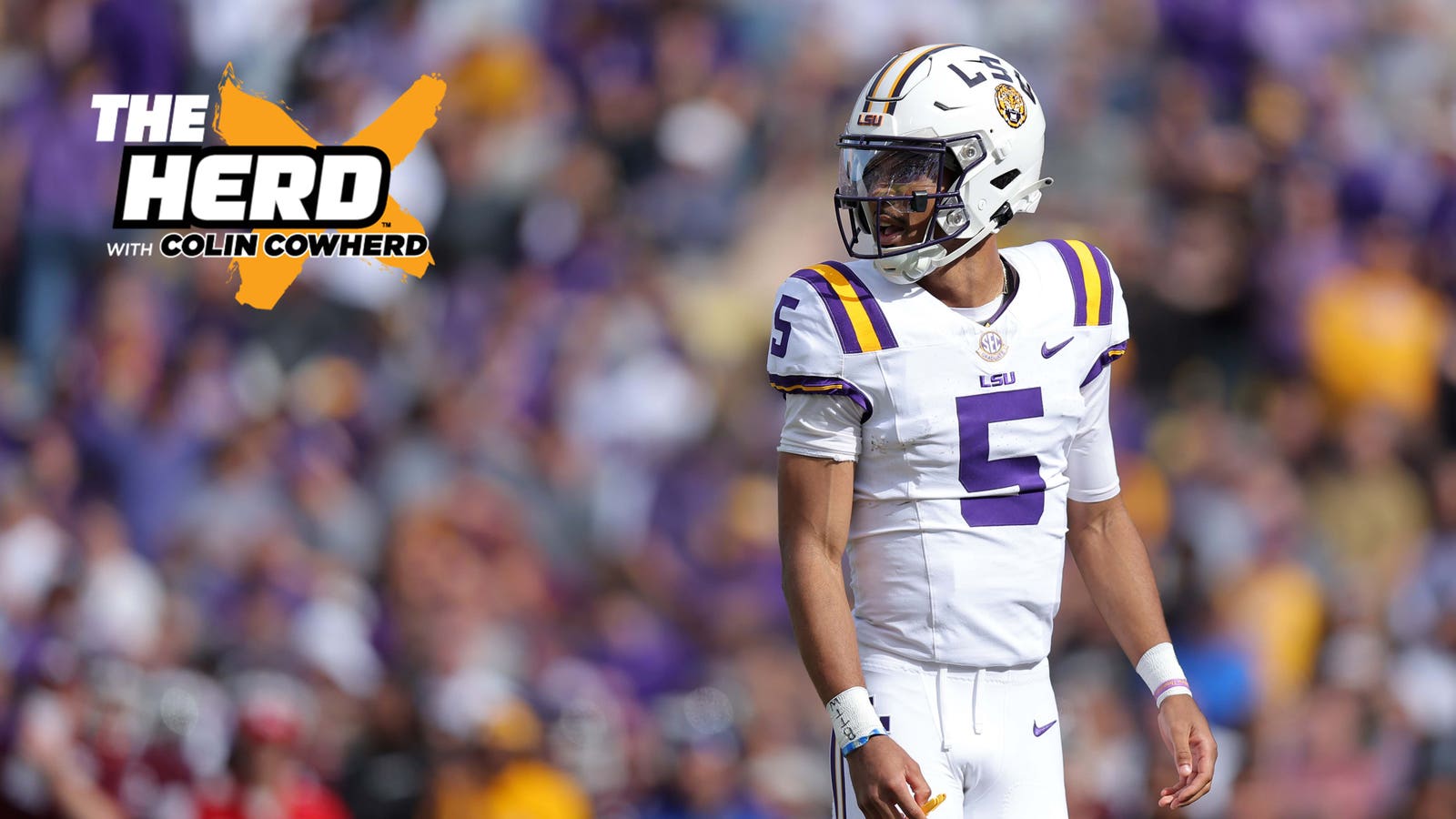
This analysis was compiled by:
AFC South reporter Ben Arthur (@benyarthur)
NFC South reporter Greg Auman (@gregauman)
Dallas Cowboys reporter David Helman (@davidhelman_)
AFC East reporter Henry McKenna (@McKennAnalysis)
NFC West reporter Eric D. Williams (@eric_d_williams)
NFC East reporter Ralph Vacchiano (@RalphVacchiano)
NFC North reporter Carmen Vitali (@CarmieV)

Get more from National Football League Follow your favorites to get information about games, news and more
Source link
#NFL #Draft #grades #Analyzing #teams #classes #top #marks